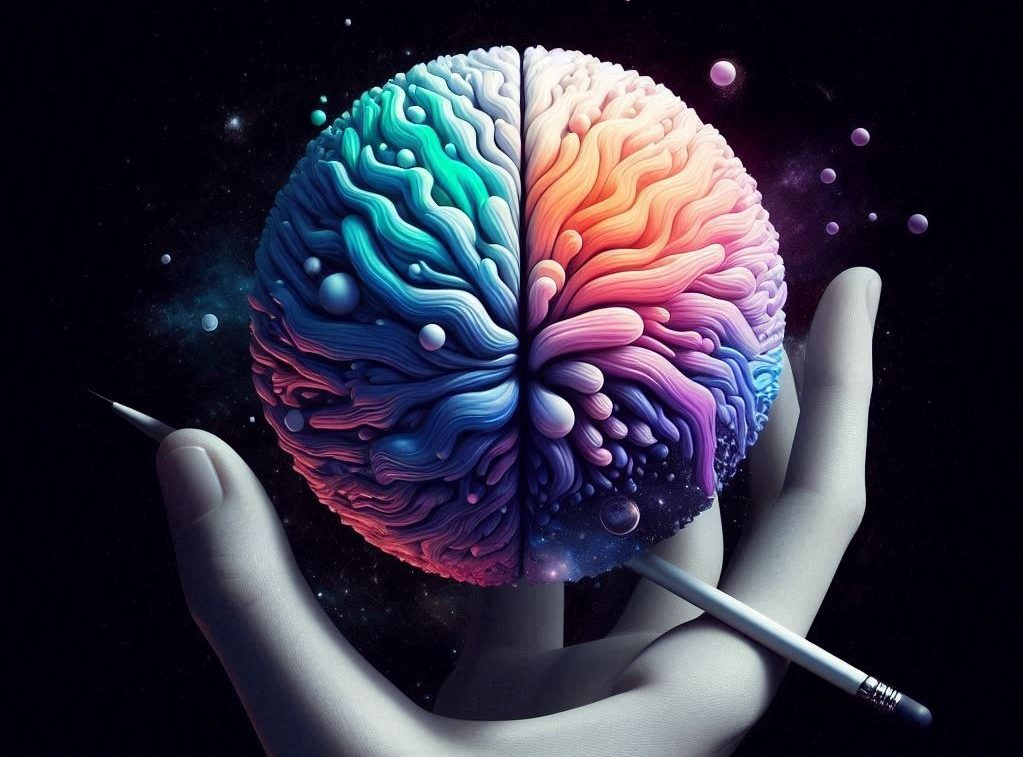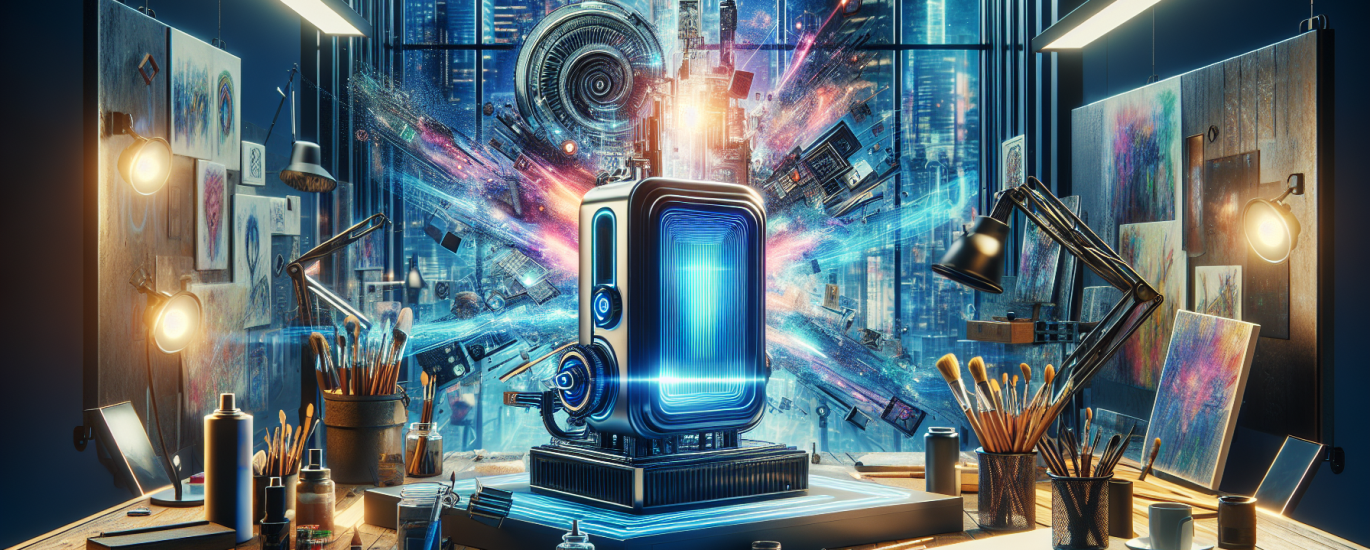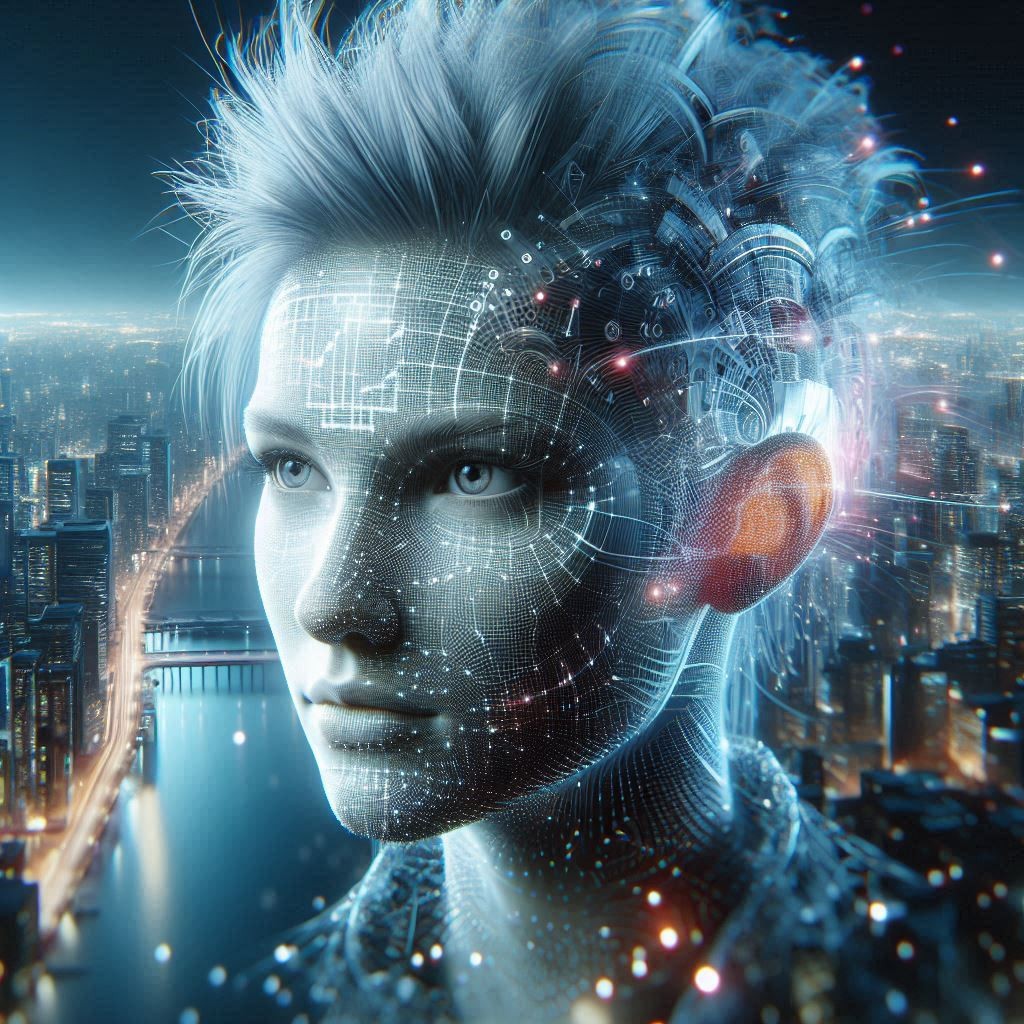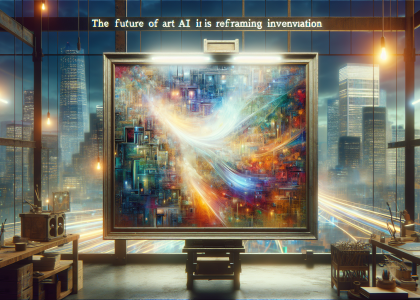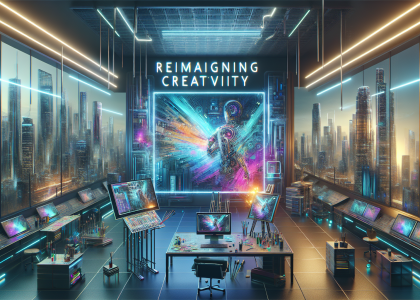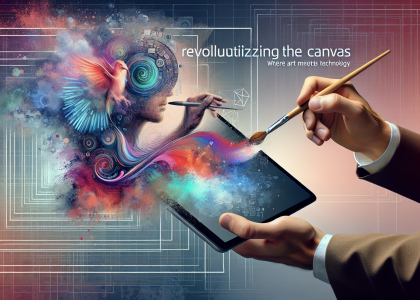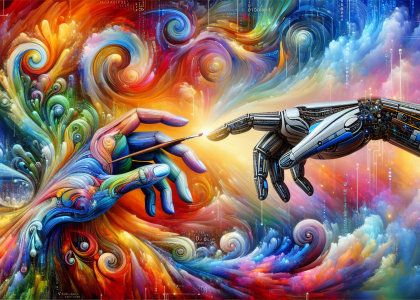The Future of Artistic Expression: How Artificial Intelligence is Revolutionizing Creativity
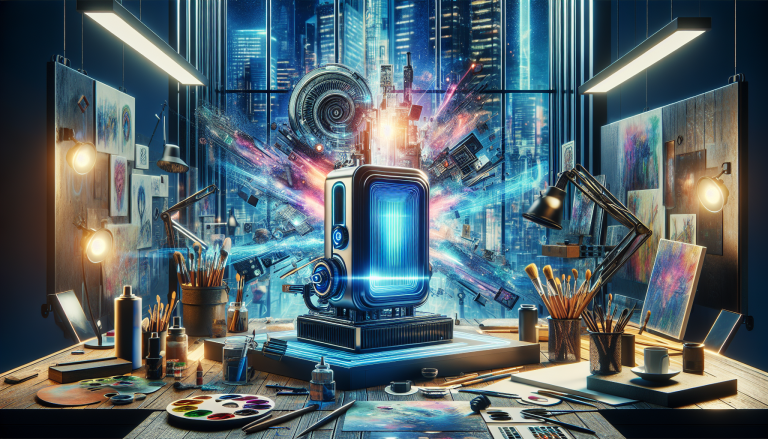
Artificial Intelligence (AI) has long been a topic of fascination in the art world, with many wondering if machines can truly create something original. The answer, it seems, is a resounding yes. From visual arts to music and literature, AI is having a profound impact on the creative process, pushing boundaries and opening up new avenues for expression.
In the world of visual arts, AI-powered tools are being used to generate stunning works of art that rival those created by human artists. Programs like Deep Dream Generator and Prisma use neural networks to analyze and manipulate images, producing unique and often surreal results. For example, the AI-generated portrait “Edmond de Belamy” sold at Christie’s auction house for a whopping $432,500 in 2018, sparking debate about the role of AI in the art world.
But AI’s impact on visual arts goes beyond just generating images. It’s also being used to create immersive experiences that blur the line between art and technology. For instance, the AI-powered installation “Rain Room” by Random International uses sensors and algorithms to create a field of falling water that pauses when a visitor enters the space. The result is a mesmerizing and thought-provoking experience that challenges our perceptions of art and technology.
In music, AI is being used to compose and produce music that is both innovative and accessible. Programs like Amper Music and AIVA use machine learning algorithms to generate music tracks that can be customized to fit any style or mood. For example, the AI-generated song “Hello World” by AIVA was praised by critics for its catchy melody and emotional depth. “I was blown away by the quality of the music,” said AIVA’s CEO, “it’s like a human composer, but with the power of AI.”
But AI’s impact on music goes beyond just composition. It’s also being used to analyze and understand the creative process. For instance, the AI-powered tool “Music21” uses machine learning algorithms to analyze and generate music notation, allowing composers to explore new ideas and experiment with different styles. “Music21 has been a game-changer for me,” said composer and musician, “it’s allowed me to explore new ideas and push the boundaries of what’s possible.”
In literature, AI is being used to generate new forms of storytelling that are both innovative and engaging. Programs like Language Tool and AI Writer use machine learning algorithms to analyze and generate text, producing unique and often surprising results. For example, the AI-generated short story “The Last Question” by Ray Bradbury was praised for its thought-provoking themes and poetic language. “I was amazed by the quality of the writing,” said Bradbury’s estate, “it’s like a human writer, but with the power of AI.”
But AI’s impact on literature goes beyond just generating text. It’s also being used to analyze and understand the creative process. For instance, the AI-powered tool “Literary Lab” uses machine learning algorithms to analyze and generate literary criticism, allowing scholars to explore new ideas and experiment with different styles. “Literary Lab has been a game-changer for me,” said scholar and critic, “it’s allowed me to explore new ideas and push the boundaries of what’s possible.”
One of the most exciting aspects of AI’s impact on the arts is its potential to democratize creativity. With AI-powered tools, artists and writers from around the world can now access the same level of creative power as their professional counterparts. For example, the AI-powered platform “Artbreeder” allows users to generate and evolve original artwork using a combination of AI and user input. “Artbreeder has been a dream come true for me,” said user and artist, “it’s allowed me to explore new ideas and push the boundaries of what’s possible.”
But AI’s impact on the arts also raises important questions about authorship and ownership. As machines become increasingly capable of creating original works of art, who should be credited as the author? Should it be the human who programmed the machine, or the machine itself? These questions are still being debated by scholars and artists, but one thing is clear: AI is changing the way we think about creativity and artistic expression.
In the end, the impact of AI on the arts is a complex and multifaceted one. It’s bringing new ideas and innovative techniques to the table, but it’s also raising important questions about authorship and ownership. As we continue to explore the possibilities of AI in the arts, one thing is clear: the future of artistic expression is brighter than ever.
The Future of Artistic Expression: A New Era of Creativity
As we look to the future, it’s clear that AI will continue to play a major role in shaping the arts. From visual arts to music and literature, AI is bringing new ideas and innovative techniques to the table. But it’s also raising important questions about authorship and ownership. As we continue to explore the possibilities of AI in the arts, one thing is clear: the future of artistic expression is brighter than ever.
The Democratization of Creativity
One of the most exciting aspects of AI’s impact on the arts is its potential to democratize creativity. With AI-powered tools, artists and writers from around the world can now access the same level of creative power as their professional counterparts. This has the potential to level the playing field and bring new voices to the forefront of the art world.
The Ethics of AI in the Arts
But AI’s impact on the arts also raises important questions about ethics and responsibility. As machines become increasingly capable of creating original works of art, who should be credited as the author? Should it be the human who programmed the machine, or the machine itself? These questions are still being debated by scholars and artists, but one thing is clear: AI is changing the way we think about creativity and artistic expression.
The Future of Artistic Expression: A New Era of Collaboration
In the end, the impact of AI on the arts is a complex and multifaceted one. It’s bringing new ideas and innovative techniques to the table, but it’s also raising important questions about authorship and ownership. As we continue to explore the possibilities of AI in the arts, one thing is clear: the future of artistic expression is brighter than ever.

